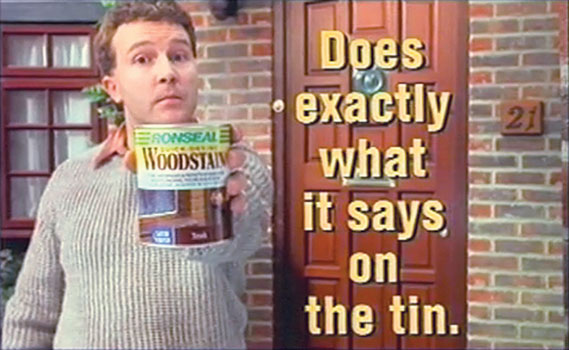In May 2012 Newcastle FC finished the Premiership season in an unexpected and highly credible fifth place. The Premier League named Alan Pardew Manager of the Season. Newcastle rewarded his success with an eight year contract. The following season, Newcastle battled relegation and barely survived with their Premiership status intact. The story, told in the book ‘Hunger in Paradise’ and here on YouTube is one of classic ‘Outcome Bias’.
Outcome Bias is the assumption that good results are always the consequence of good decisions. Newcastle assumed that Pardew and his management team were super-smart football operators and success would therefore be sustainable.
That success was not sustainable, was in fact, highly predictable. Looking below the headline data of the excellent fifth place finish in 2012, Newcastle had some poor statistics. These were for goal difference, goal distribution and shot differential. Indicators of a team that in reality should have finished in the bottom third of the table! That they didn’t was down to random variation, not genius! In a low scoring game like football, the best team wins less often than in a high scoring sport like basketball.
The point of the story (read the book, its worth it!) is this.
When we see success, we search for a narrative that explains it. But that narrative may not necessarily be correct. Newcastle’s (incorrect) narrative was the 2012 league table. Actions and outcomes aren’t always linked. Outside of sport, there’s great danger in thinking that success to date is driven entirely by certain actions. It’s risky to think that to replicate them will inexorably lead to further glory!







